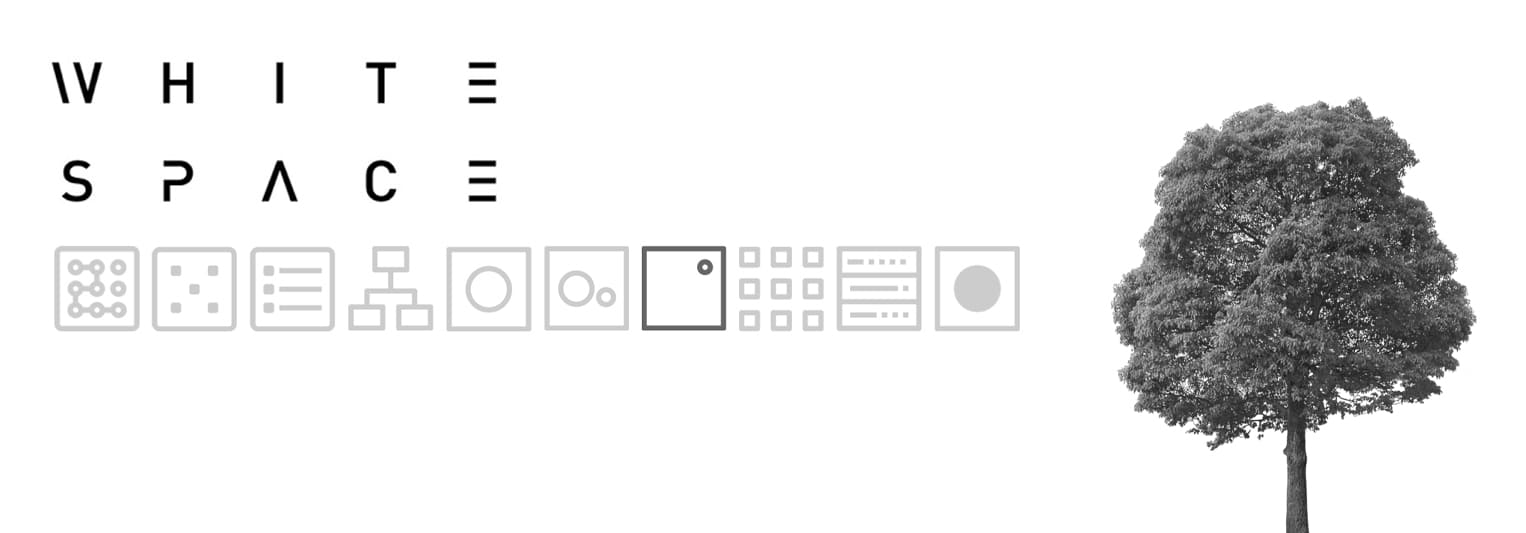In the world of web design, one element that often goes unnoticed but plays a crucial role in creating aesthetically pleasing and user-friendly websites is white space. White space, also known as negative space, refers to the empty areas between design elements, such as text, images, and other visual components. Despite its name, white space doesn’t necessarily have to be white; it can be of any color, pattern, or texture. This article explores the importance of white space in web design and its impact on user experience.
First and foremost, white space provides visual clarity and organization to a website. By creating a breathing room around various elements, it helps users focus on the content that matters. A cluttered and overcrowded website can be overwhelming and confusing for visitors, making it difficult for them to find the information they are looking for. White space acts as a visual guide, separating different sections and emphasizing important elements, resulting in a clean and balanced layout.
Moreover, white space enhances readability and legibility. When text and images are crammed together without proper spacing, it becomes challenging for users to read and comprehend the content. By incorporating ample white space around text blocks, paragraphs, and headlines, designers can improve the overall reading experience. Sufficient spacing between lines and paragraphs allows the eyes to rest and move smoothly across the page, reducing eye strain and fatigue. It also helps users distinguish between different sections, making the content more scannable and digestible.
White space also contributes to the overall aesthetic appeal of a website. It adds elegance, sophistication, and a sense of luxury to the design. By strategically using white space, designers can create a sense of balance, harmony, and proportion. It allows important elements to stand out, creating a focal point and guiding the user’s attention. The judicious use of white space can evoke emotions and create a positive impression on the user, enhancing the overall visual experience.
Furthermore, white space plays a vital role in responsive web design. With the rise of mobile devices, websites need to adapt to various screen sizes and resolutions. By incorporating white space, designers can ensure that the content is displayed appropriately and remains readable across different devices. White space allows the content to breathe, preventing it from appearing cramped or distorted. It helps maintain the integrity of the design, regardless of the screen size, resulting in a seamless and enjoyable user experience.
In conclusion, white space is a fundamental aspect of web design that should not be overlooked. It serves multiple purposes, ranging from enhancing readability and organization to improving aesthetics and responsiveness. Incorporating white space in the design process can significantly impact the overall user experience, making the website visually appealing, user-friendly, and easy to navigate. Designers should recognize the importance of white space and utilize it effectively to create websites that are both functional and visually appealing.












